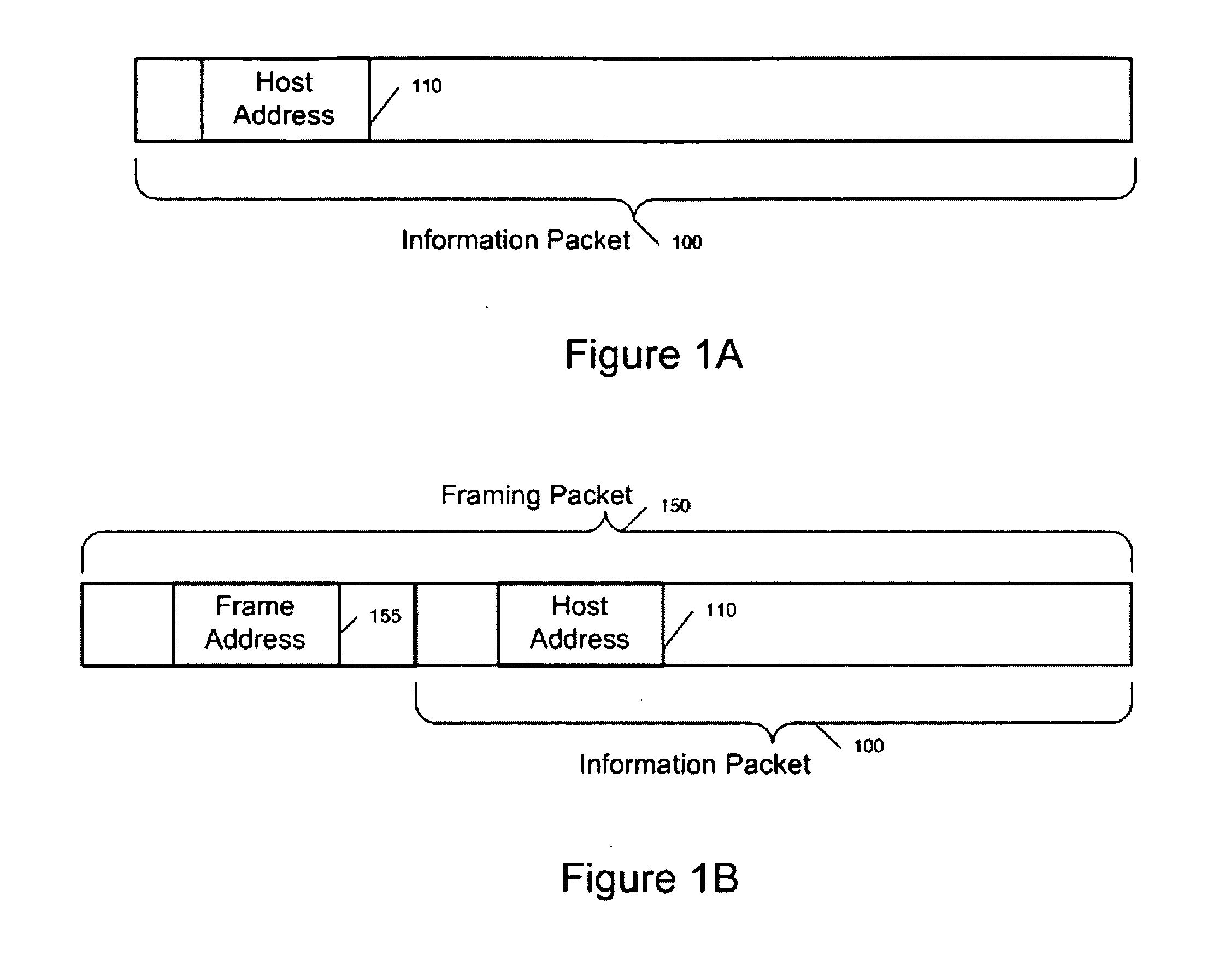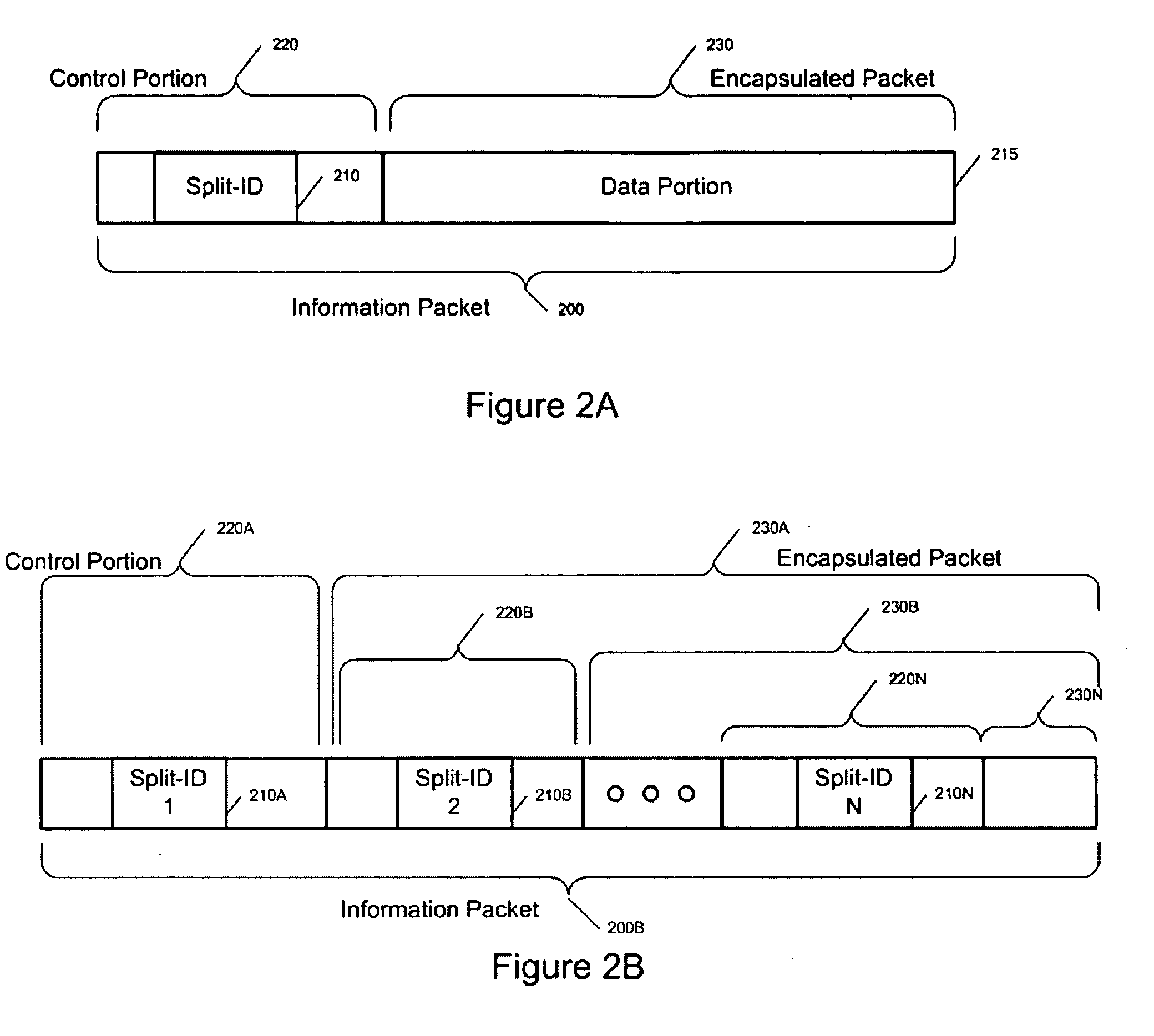Virtual devices and virtual bus tunnels, modules and methods
a virtual device and bus tunnel technology, applied in the field of virtual device communication, can solve the problems of increasing the complexity of the computing system, the complexity of the system to become more and more complex, and the complexity including windows® or linux, continues to increase. the complexity and power of the current operating system
- Summary
- Abstract
- Description
- Claims
- Application Information
AI Technical Summary
Benefits of technology
Problems solved by technology
Method used
Image
Examples
example use
[0118] Data Storage
[0119] Specific data storage examples have already been presented; however, a more focused look at employing modules within data storage will help clarify a possible embodiment of the presented material.
[0120] Data storage products can be advantageously developed based on modules and hard disk drives. A possible goal is to create a network storage system. Users and applications can access the data store where data is spread over multiple hard disks located remotely from the user over a network in a manner that appears to be a single drive.
[0121] At least two types of modules are contemplated. One type attaches directly to the set of hard disk drives, and establishes a set of logical partitions all addressable via IP addresses. The logical partitions then can form a multicast group that presents the collection as a single disk volume to remote hosts. The second type is a software driver installed on a computer system. The computer's module presents its target dev...
PUM
 Login to View More
Login to View More Abstract
Description
Claims
Application Information
 Login to View More
Login to View More - R&D
- Intellectual Property
- Life Sciences
- Materials
- Tech Scout
- Unparalleled Data Quality
- Higher Quality Content
- 60% Fewer Hallucinations
Browse by: Latest US Patents, China's latest patents, Technical Efficacy Thesaurus, Application Domain, Technology Topic, Popular Technical Reports.
© 2025 PatSnap. All rights reserved.Legal|Privacy policy|Modern Slavery Act Transparency Statement|Sitemap|About US| Contact US: help@patsnap.com



